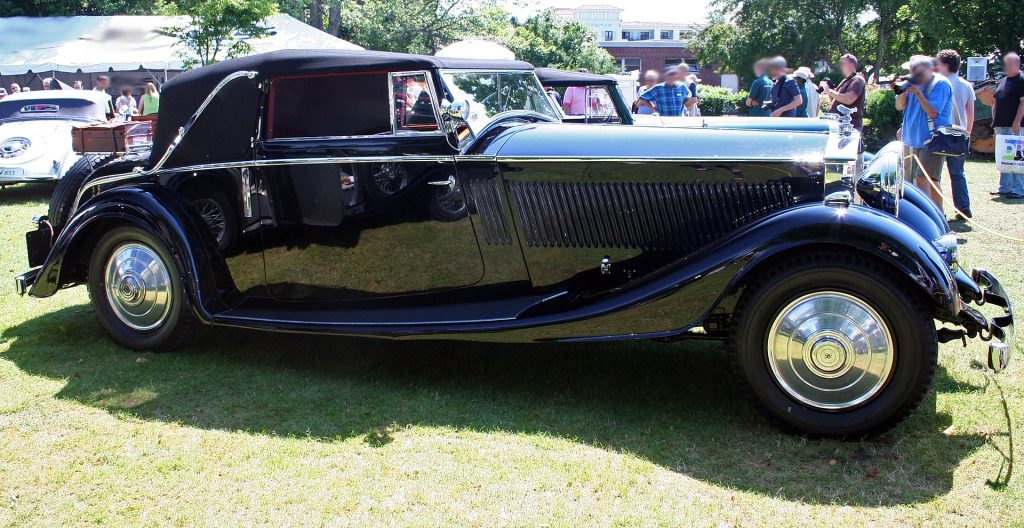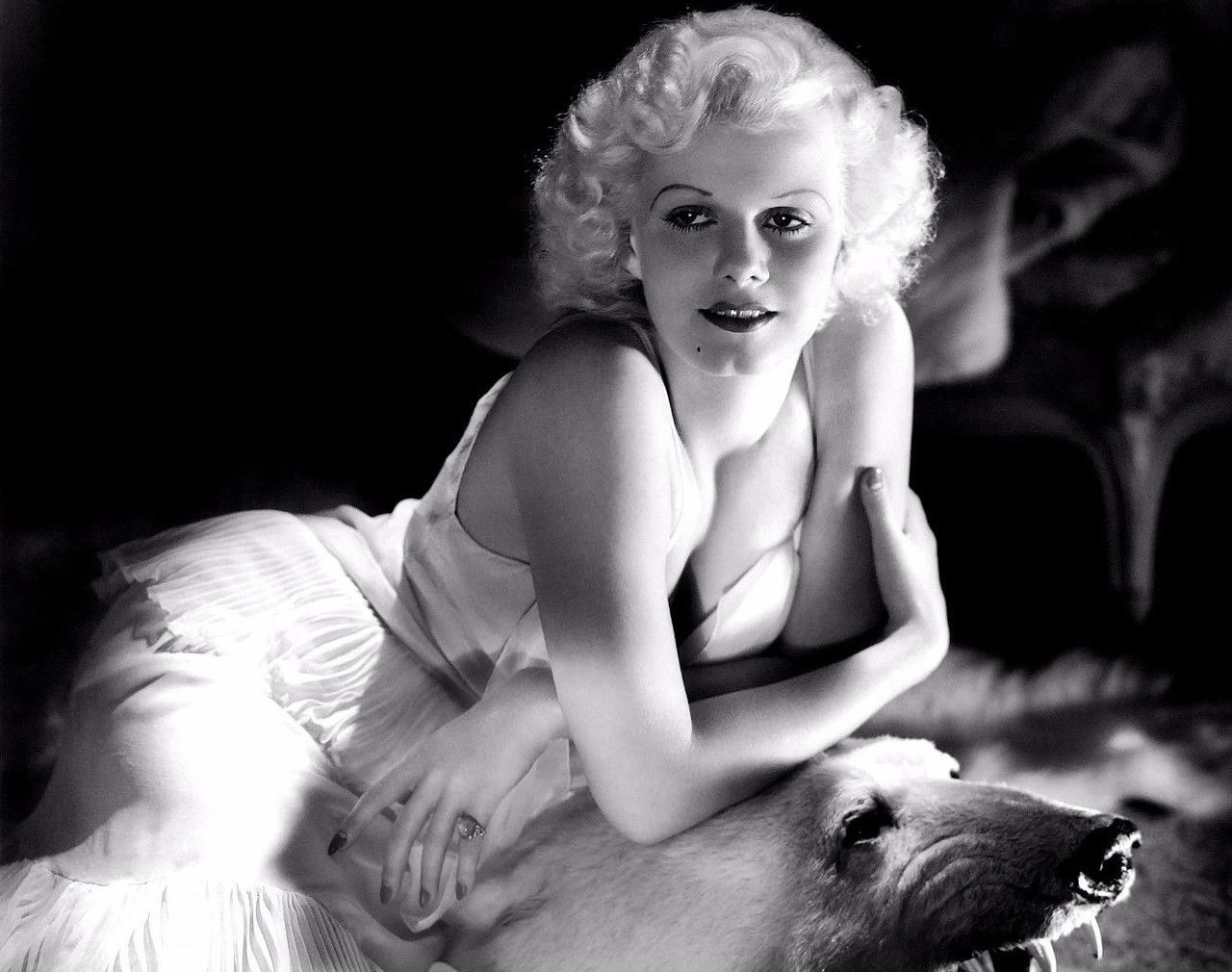
Jean Harlow in the 1930s
If you watch the old photos of 1930s film stars, you can notice a certain and intriguing type of glamour that makes you think about certain aesthetics. While the roaring 20s were marked by the cheering lifestyle, the following decade presented more refinement and glamour. Movie stars, socialites, and other elites followed the trend that emphasized class and refinement.
Amid economic uncertainty and social upheaval, the 1930s witnessed the rise of a glamorous elite class known as socialites. The 1930s socialite was a person often born into wealth or married into an affluent family. The 1930s socialite was a part of a social circle that was able to navigate the tumultuous waters of the Great Depression with grace, elegance, and a flair for extravagance. From lavish soirées to extravagant shopping sprees, the 1930s socialite epitomized the pinnacle of high society glamour and opulence.
At the heart of the socialite lifestyle was a whirlwind of social engagements and exclusive events. From glittering balls and charity galas to intimate dinner parties at prestigious clubs, the 1930s socialite moved effortlessly within elite circles, hobnobbing with the rich and powerful. The 1930s socialite calendar was overflowed with invitations to the most coveted social gatherings, where this person mingled with celebrities, politicians, and captains of industry, cementing her own status as arbiter of taste and influence.
So, a 1930s socialite was a person leading a special lifestyle and with certain status symbols. Which symbols? Keep reading.
Glamorous White Dress: Silky Symbol of the 1930s Socialites
The glamorous white dress emerged as a quintessential symbol of feminine elegance and sophistication in the 1930s. Inspired by the silver screen sirens of Hollywood’s Golden Age, the 1930s socialite adorned themselves in flowing gowns crafted from luxurious fabrics such as silk and satin. With figure-flattering silhouettes and intricate embellishments, these dresses exuded an air of timeless appeal, capturing the imagination of fashion aficionados around the world. The glamorous white dress was a must-have for diverse occasions, from lavish soirées to strolling along moonlit promenades. The 1930s socialite knew how to wear it and which occasion required it.
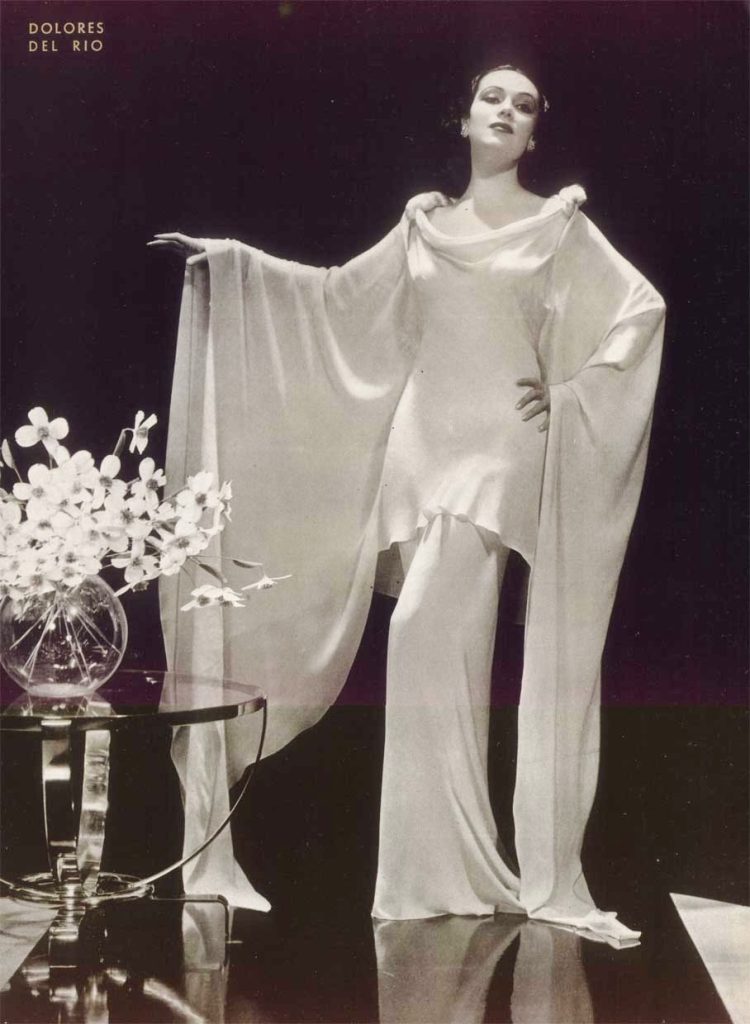
The glamorous white dress had that ethereal elegance of the silver screen, and it was a way to transcend the harsh realities of the world hit by economic depression and insecurity. Whether it was a flowing chiffon gown or a sleek satin sheath, these dresses created a feeling of power and carelessness needed to forget reality.
Iconic Red Lipstick
No discussion of 1930s socialite aesthetics would be complete without mention of the iconic red lipstick. This beauty staple epitomized the era’s boldness and empowerment. Inspired by the likes of Hollywood icons such as Greta Garbo and Joan Crawford, women gladly embraced this strong cosmetic statement. The most popular shades were crimson and scarlet.
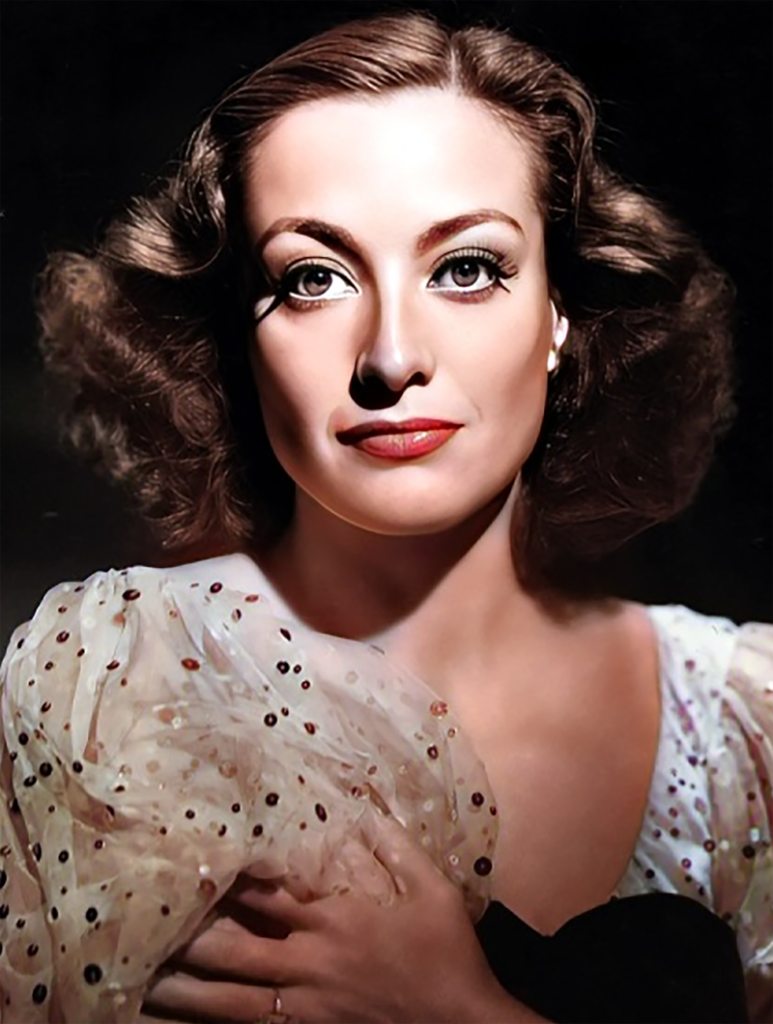
The application of red lipstick was a ritualistic affair. The 1930s socialite paid great attention on achieving the perfect pout. From matte formulations to glossy finishes, there was a shade of red lipstick to suit every skin tone and personal preference. Whether applied with precision using a lip brush or swept on with a daring flourish straight from the tube, the act of painting the lips in shades of red became a transformative ritual, imbuing a 1930s socialite with a sense of confidence, allure, and empowerment.
Beyond its aesthetic appeal, red lipstick symbolized confidence, allure, and a defiant embrace of femininity in a world undergoing rapid change. Paired with a glamorous white evening gown, it made the 1930s socialite look like a goddess.
Dinner at the Restaurant: Culinary Indulgence for the 1930s Socialite
A night out for dinner at a swanky restaurant was an occasion to showcase one’s sartorial elegance and refinement in the 1930s. Men donned impeccably tailored suits in rich fabrics such as tweed or wool, accessorized with polished leather shoes and a classic fedora hat. Originally hailing from the late 19th century, the fedora underwent a resurgence in popularity during the 1930s, becoming synonymous with the dapper style of the decade. Characterized by its wide brim, creased crown, and distinctive hatband, wearing the fedora, the 1930s socialite exuded an air of old-world charm and timeless appeal. Fashion-forward gentlemen made it a perfect choice to make a statement of understated elegance.
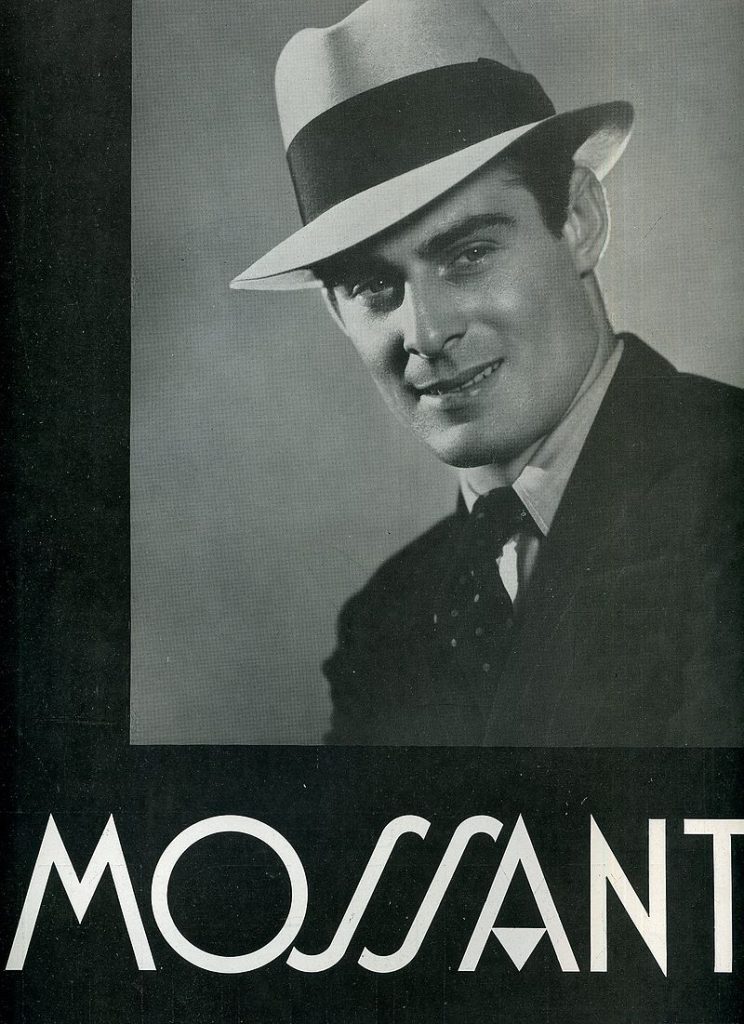
Women, meanwhile, dazzled in glamorous ensembles that exuded understated sophistication, with elegant dresses complemented by statement jewelry and a chic clutch purse. Arriving in style in a sleek black limousine, couples stepped into the dimly lit ambiance of the restaurant, where candlelight and soft music set the stage for an evening of culinary indulgence and romantic enchantment.
Sophisticated Black Limousine
The black limousine emerged as the ultimate symbol of luxury and sophistication in 1930s society, transporting its passengers in style and elegance to the most exclusive destinations. With its sleek lines and gleaming exterior, the limousine exuded an air of opulence and refinement, commanding attention wherever it went.
Whether ferrying movie stars to glamorous premieres or a wealthy socialite to chic soirée, the black limousine became synonymous with the era’s aspirational lifestyle and jet-set glamour, embodying the epitome of luxury travel and status. In the world of 1930s socialites, limousines were more than just a mode of transportation; they were a symbol of status, luxury, and sophistication. From the streamlined Cadillac V16 to the opulent Rolls-Royce Phantom II and the avant-garde Duesenberg Model J, these limousines were a must-have for the 1930s socialite who wanted to emphasize glamour and elegance in their lifestyle.
Fiery Rubies for Drama and Allure
In an era defined by opulence and excess, jewels around the neck became a hallmark of high society glamour in the 1930s. The strands of lustrous pearls, glittering diamonds, and shimmering gemstones were the best solution if you’re a 1930s socialite who wanted to elevate your elegant and refined look.
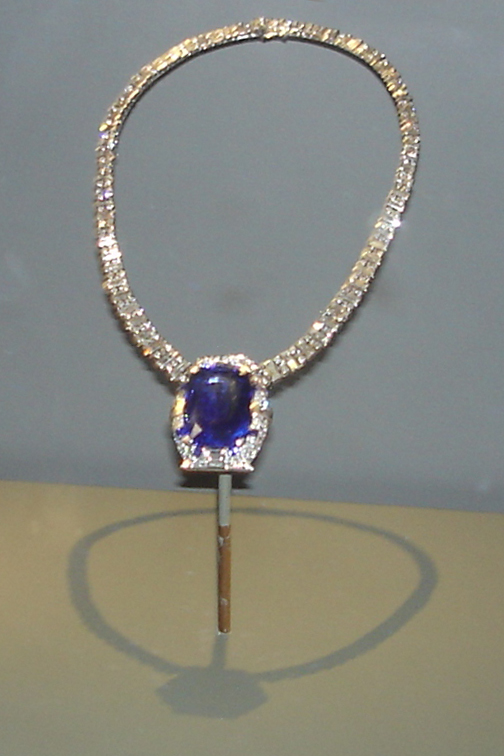
In addition to pearls, gemstone jewelry also experienced a resurgence in popularity during the 1930s. From vibrant emeralds to fiery rubies and rich sapphires, colored gemstones added a pop of color and vibrancy to jewelry designs, creating a sense of drama and allure. Whether adorning earrings, necklaces, or bracelets, colored gemstones allowed wearers to express their individuality and personality, while also adding a touch of opulence and luxury to their ensembles. Draped around the neck in cascading layers or worn as a single statement piece, these exquisite jewels added a touch of sparkle and sophistication to any outfit and captured the attention of any occasion.
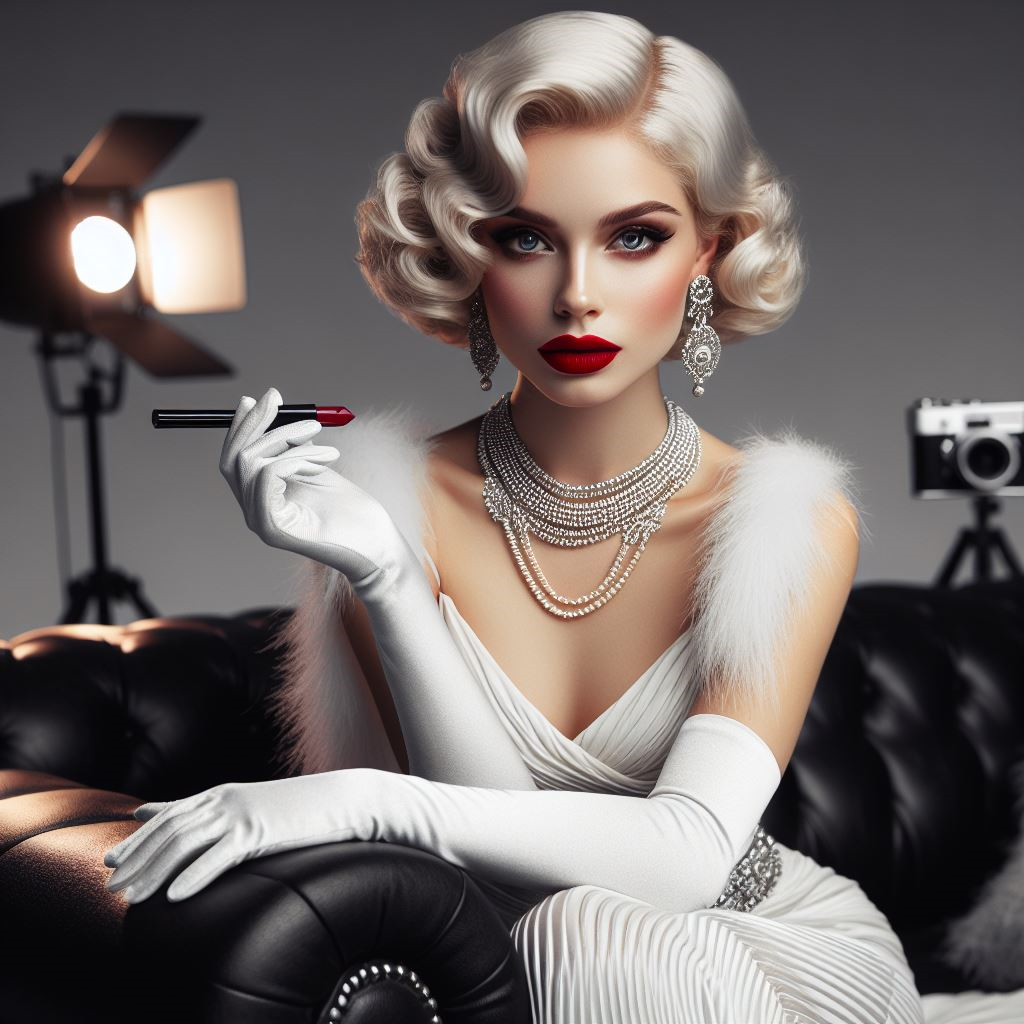
The legacy of the 1930s socialites reflects timeless elegance, glamour, and sophistication. Today, the iconic glamorous white dress and appealing red lipstick, continue to captivate the imagination and create a vibe of that bygone era of a certain type of refinement and self-expression that left an indelible mark in the history of style and culture.
